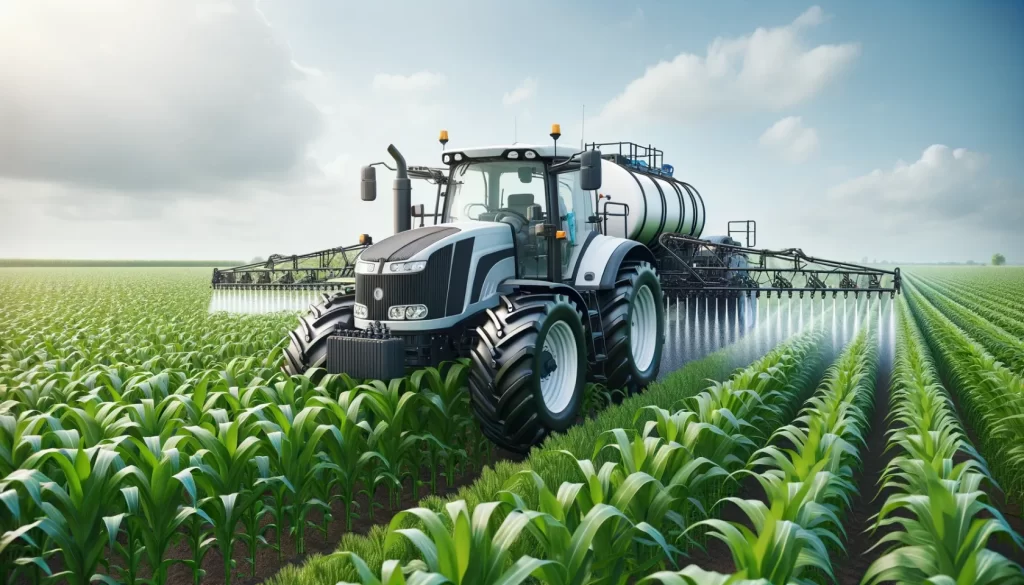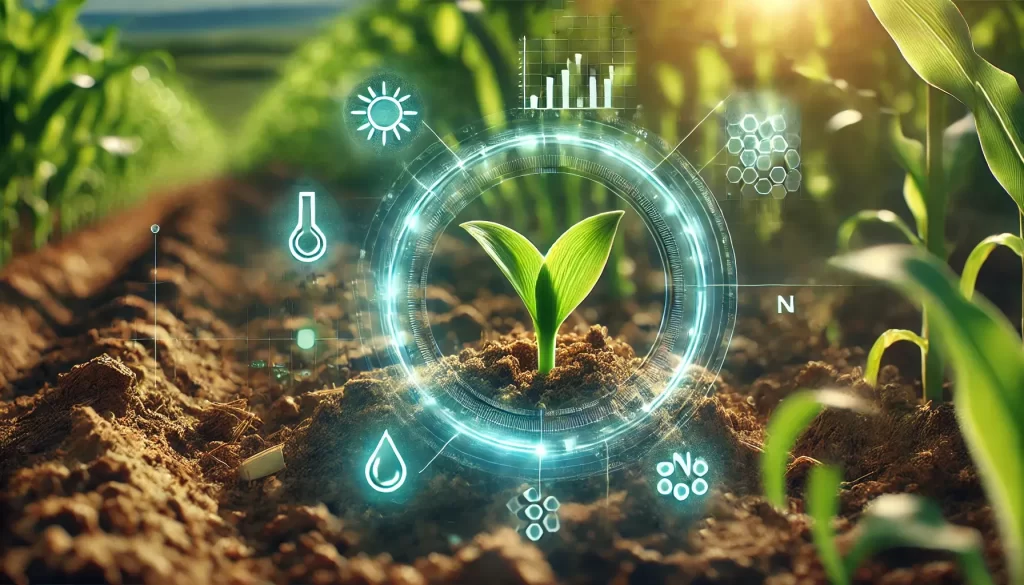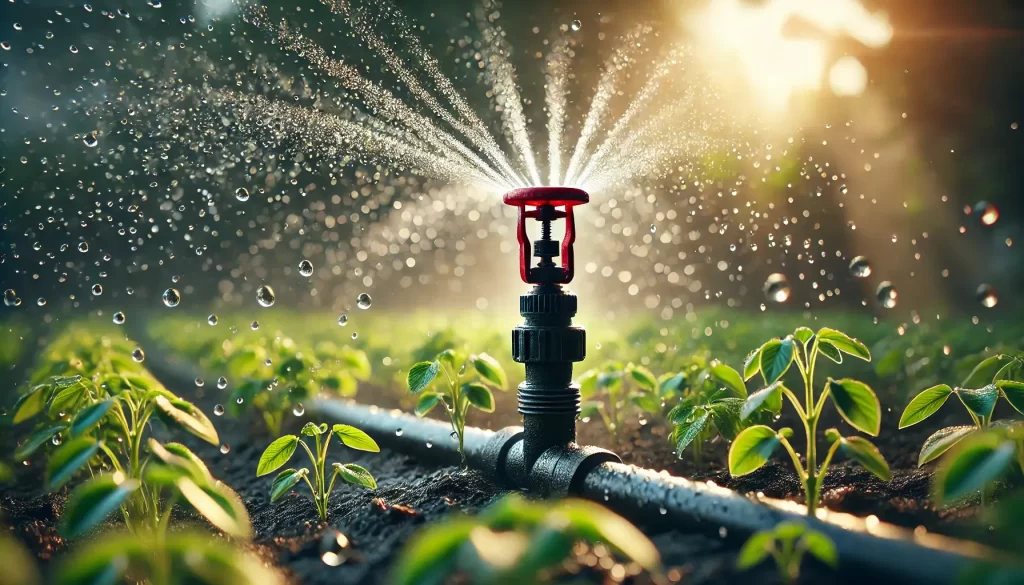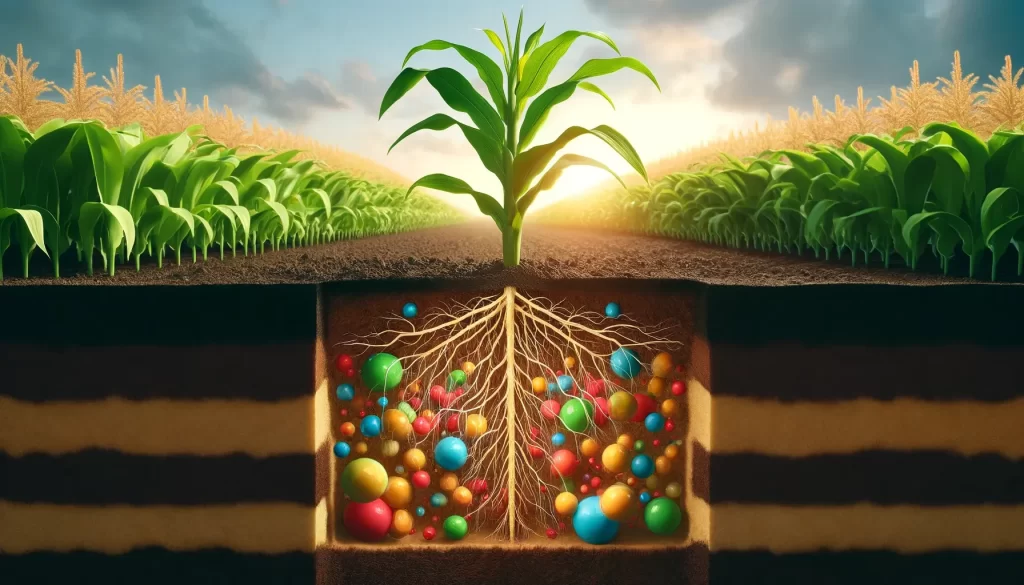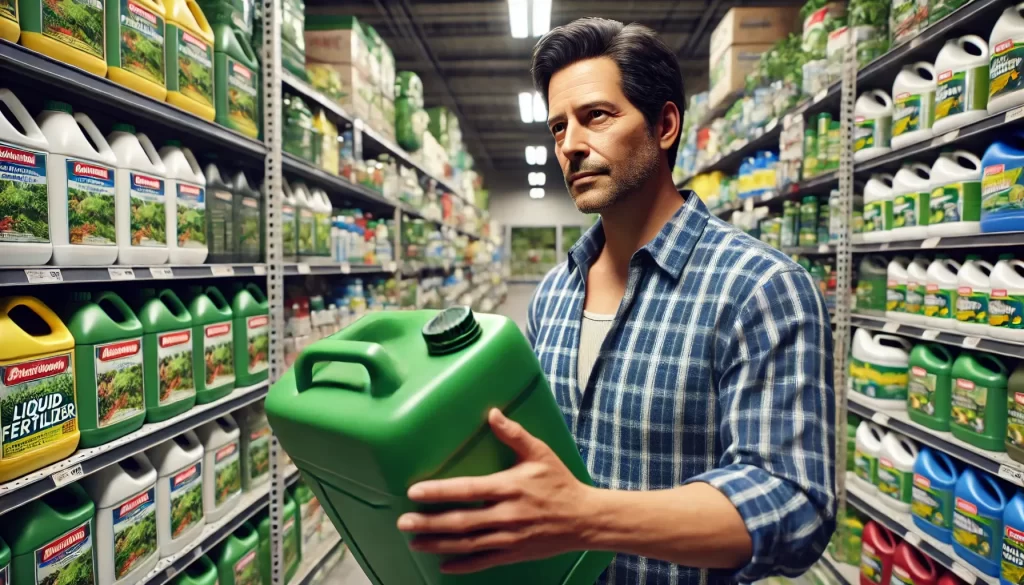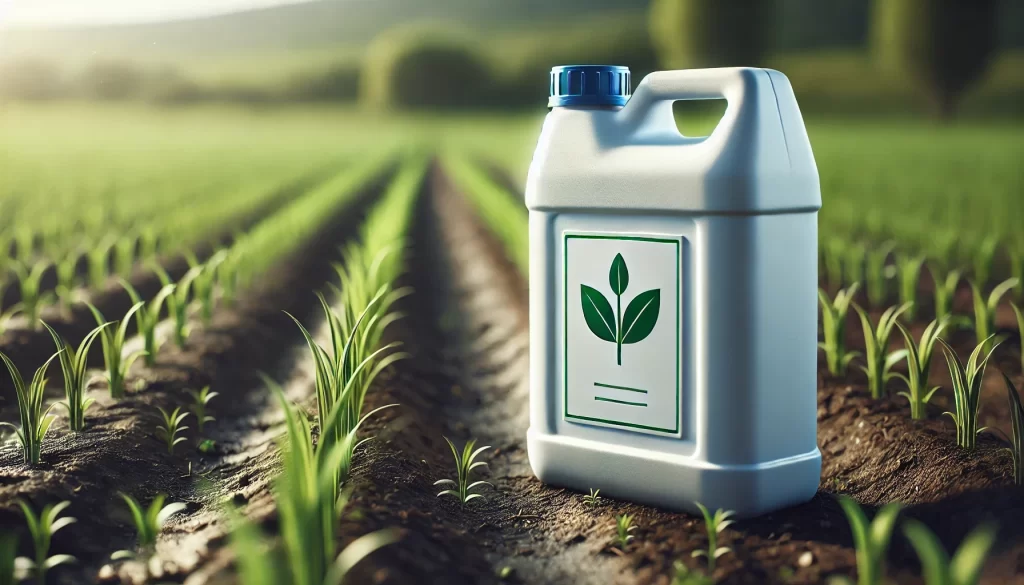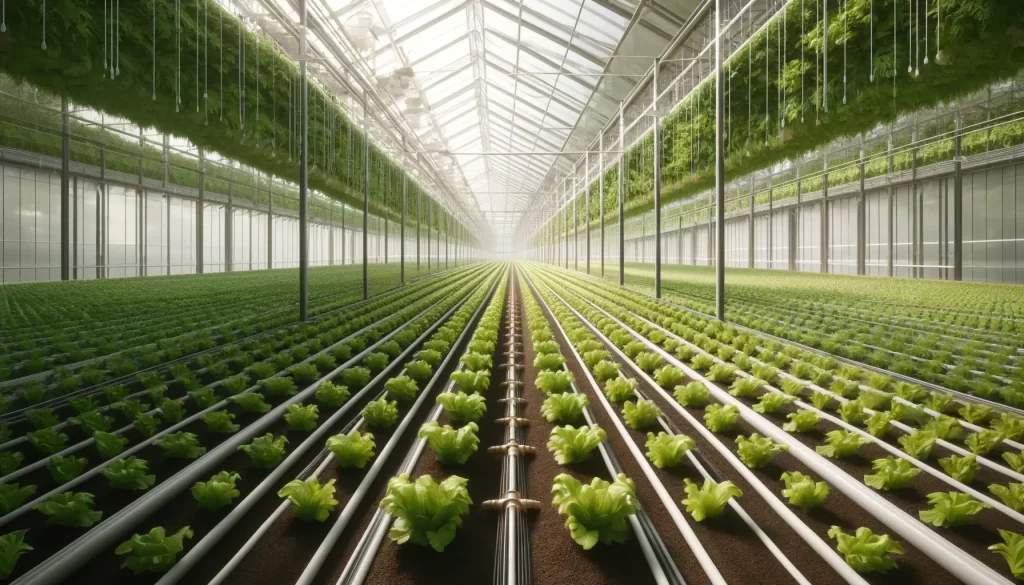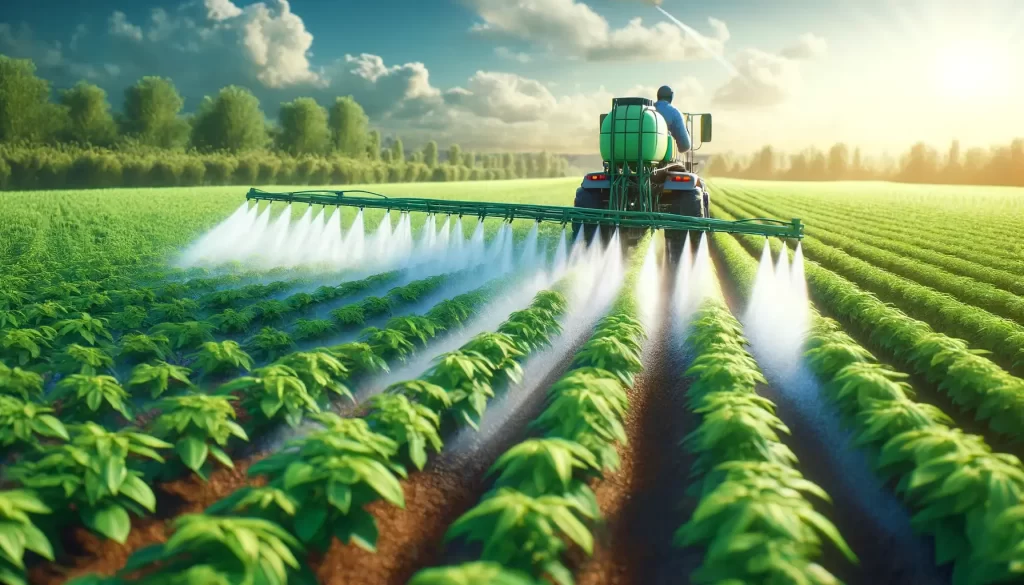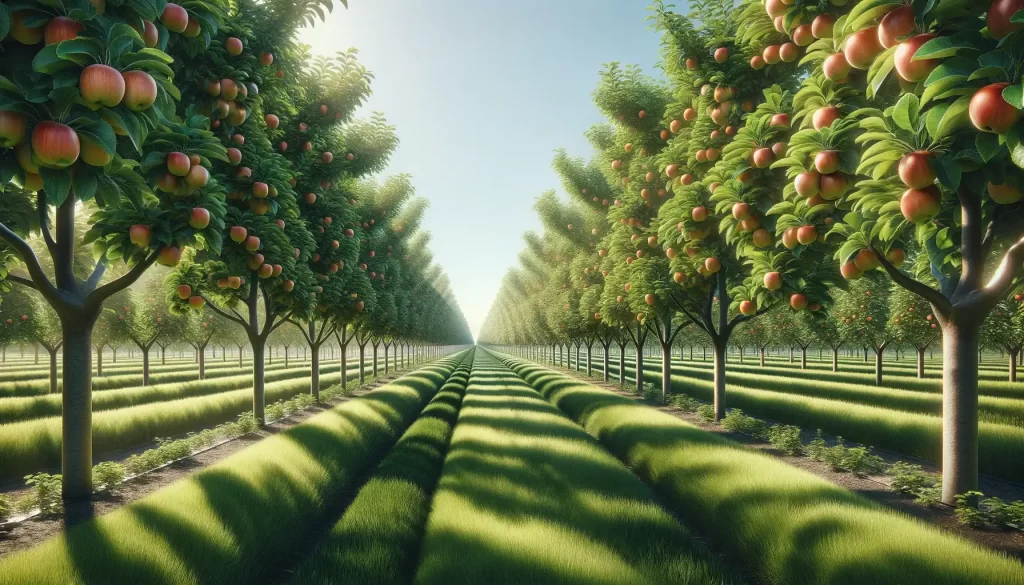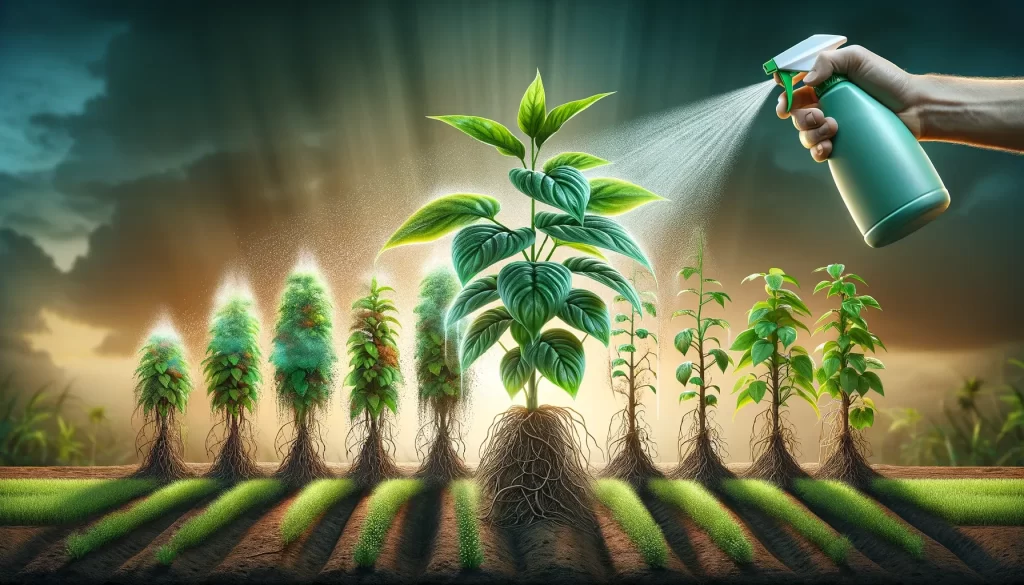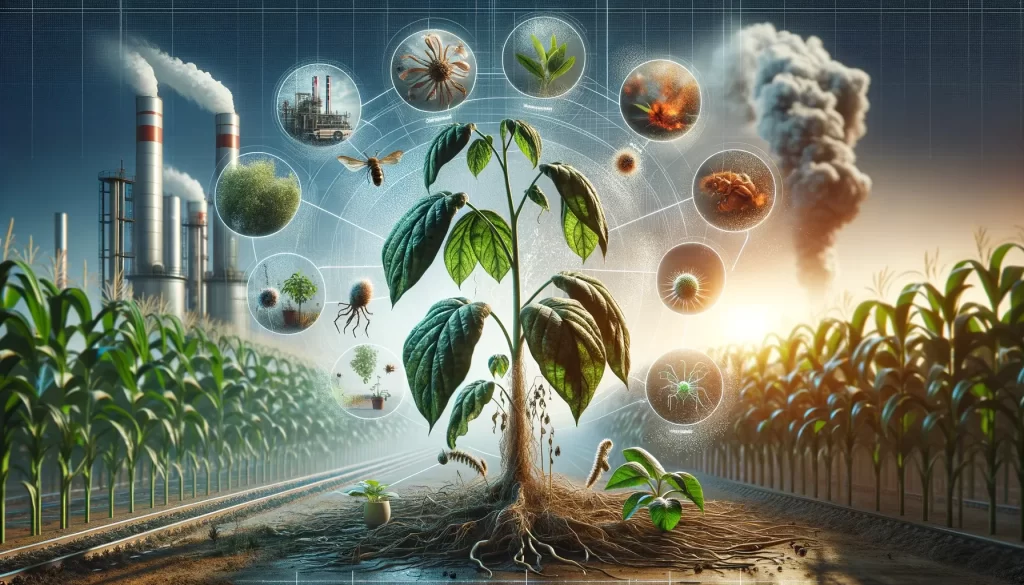Importance and Advantages of Liquid Fertilizers
Liquid fertilizers have become one of the most popular and effective methods of plant nutrition in modern agriculture. Liquid fertilizers, which offer many advantages compared to solid fertilizers, allow nutrients to be absorbed more quickly and easily by plants. This means faster growth, higher yields and better product quality.
Other important advantages of liquid fertilizers are as follows:
- More homogeneous distribution:Liquid fertilizers are dissolved in water, dispersed homogeneously and absorbed equally by plants. This prevents problems such as nutrient deficiency or excess.
- Easier application: Liquid fertilizers can be easily applied with special equipment. This saves time and labor.
- Less environmental pollution: Liquid fertilizers create less environmental pollution compared to solid fertilizers.
Use of Liquid Fertilizer in Various Industrial Agricultural Plants
Liquid fertilizers can be used on a wide range of industrial agricultural crops, including cereals, legumes, oilseeds, vegetables, fruits and spices. Each plant species has unique nutrient requirements and therefore it is important to choose the right liquid fertilizer and apply it correctly.
Purpose and Scope of the Article
This article aims to provide a comprehensive source of information on liquid fertilizer application techniques. The article contains detailed information about liquid fertilizer types, application techniques, their use in different industrial agricultural plants and the benefits of liquid fertilizer applications.
Liquid Fertilizer Types
A wide variety of liquid fertilizers are available on the market. The most common types of liquid fertilizer are:
- Nitrogenous liquid fertilizers: Contains nitrogen necessary for the growth and development of plants.
- Phosphate liquid fertilizers: Contain phosphorus, which is necessary for the root development, flowering and fruit formation of plants.
- Potassium liquid fertilizers: Contain potassium, which is necessary for plants’ photosynthesis, protein synthesis and resistance to diseases.
- Micronutrientcontaining liquid fertilizers: It contains micronutrients such as iron, zinc, copper and manganese, which are necessary for the healthy growth of plants
- Organic liquid fertilizers: Contain organic substances of plant or animal origin. It increases the organic matter content and water retention capacity of the soil.
- Inorganic liquid fertilizers: Contain chemically synthesized nutrients. It acts faster and has a longer shelf life.
Selection and Use of Liquid Fertilizers
Choosing the right liquid fertilizer and applying it correctly is important to meet the nutritional needs of plants and achieve optimum yield. The following factors should be considered when choosing liquid fertilizer:
- Plant type: Each plant species has its own nutritional requirements.
- Soil type: The pH value, nutrient content and organic matter content of the soil can affect the choice of liquid fertilizer.
- Climatic conditions:Climatic conditions such as rainfall amount, temperature and humidity can affect the effectiveness of liquid fertilizer.
Liquid fertilizers can be applied by various methods, including foliar application, soil application and drip irrigation. Each method has its own advantages and disadvantages.
Liquid Fertilizer Application Techniques
Foliar Application
In foliar application, liquid fertilizer is applied to the leaves of the plants with the help of a spray. This method ensures rapid absorption of nutrients by plants. Foliar application is particularly useful in the following situations:
- When plants show symptoms of nutrient deficiency: From the leaf The application ensures rapid elimination of nutritional deficiencies.
- When the soil is too dry or too moist: When the soil is too dry or too moist, soil application may be difficult or ineffective.
- When a quick effect is desired: Foliar application ensures rapid absorption of nutrients by plants and therefore has a rapid effect.
Some important points to consider when applying foliar are:
- Choosing the right fertilizer: Liquid fertilizers specially produced for foliar application should be used.
- Using the correct dose: In foliar application, using too high a dose of fertilizer may harm the plants.
- Correct timing: Foliar application should be made early in the morning or late in the evening.
- Suitable weather conditions: Foliar application should be made in windless and humid weather.
Soil Application
In soil application, liquid fertilizer is applied to the soil and absorbed by the plants through the roots. This method is the most common liquid fertilizer application method. Soil application is particularly useful in the following situations:
- Long-term nutrition of plants: Soil application meets the long-term nutritional needs of plants.
- Application in large areas: Soil application is the most suitable method for applying liquid fertilizer in large areas.
Some important points to consider when applying from soil are:
- Choosing the right fertilizer: Suitable liquid fertilizer should be selected for soil application.
- Using the correct dose: In soil application, using too high a dose of fertilizer may damage the soil and the environment.
- Right timing: Soil application can be made during the growing season of the plants.
- Suitable soil conditions: Application from the soil should be made when the soil is moist.
Application with Drip Irrigation
In drip irrigation application, liquid fertilizer is mixed with irrigation water and given to the plants. This method saves water and fertilizer and prevents environmental pollution. Application by drip irrigation is particularly useful in the following situations:
- In areas with water scarcity: Application by drip irrigation saves water and is therefore an ideal method in areas with water scarcity.
- For sensitive plants: Application with drip irrigation meets the nutritional needs of sensitive plants and the risk of damaging the plants is low.
Some important points to consider when applying drip irrigation are:
- Choosing the right fertilizer: Liquid fertilizers specially produced for drip irrigation systems should be used.
- Using the correct dose: In application with drip irrigation, the use of very high doses of fertilizer may clog the drip irrigation system.
- Right timing: Application with drip irrigation can be done during the growing season of the plants.
- System maintenance: The drip irrigation system should be maintained regularly.
Liquid Fertilizer Applications in Different Industrial Agricultural Plants
Liquid fertilizers can be used on a wide range of industrial agricultural crops, including cereals, legumes, oilseeds, vegetables, fruits and spices. Each plant species has unique nutrient requirements and therefore it is important to choose the right liquid fertilizer and apply it correctly.
Cereals
Grains need nutrients such as nitrogen, phosphorus and potassium. Liquid fertilizers are an ideal fertilization method to meet the nutritional requirements of grains and increase yield.
Liquid Fertilizer Application Times:
- Sowing: Liquid fertilizer can be applied during or immediately after planting the seeds. This application provides the nutrients that plants need in their first growth stage.
- Tribalization: Liquid fertilizer can be applied while the plants are in the tillering stage. This application increases the number of tillering and stem strength of the plants.
- Stewing: Liquid fertilizer can be applied when the plants are in the stem stage. This application increases the height and stem strength of the plants.
Liquid Fertilizer Selection:
Special liquid fertilizers produced for grains should be preferred. These fertilizers are formulated to meet the nutrient requirements of grains.
Application Methods:
Liquid fertilizers can be applied by various methods, including soil application, foliar application and drip irrigation.
Legumes:
Legumes need nutrients such as nitrogen, phosphorus and potassium. In addition, nitrogen-fixing bacteria found in the roots of legumes have the ability to fix atmospheric nitrogen into the soil. Liquid fertilizers are an ideal fertilization method to meet the nutritional requirements of legumes and increase yield.
Liquid Fertilizer Application Times:
- Sowing: Liquid fertilizer can be applied during or immediately after planting the seeds. This application provides the nutrients that plants need in their first growth stage.
- Flowering: Liquid fertilizer can be applied while the plants are in the flowering stage. This application increases flowering and fruit set of legumes.
- Stuffing: Liquid fertilizer can be applied while the pods are in the filling stage. This application increases the plumpness of the pods and the yield.
Liquid Fertilizer Selection:
Special liquid fertilizers produced for legumes should be preferred. These fertilizers are formulated to meet the nutritional requirements of legumes.
Application Methods:
Liquid fertilizers can be applied by various methods, including soil application, foliar application and drip irrigation.
Oilseeds:
Oilseeds need nutrients such as nitrogen, phosphorus, potassium and sulfur. Liquid fertilizers are an ideal fertilization method to meet the nutritional requirements of oilseeds and increase yield.
Liquid Fertilizer Application Times:
- Sowing: Liquid fertilizer can be applied during or immediately after planting the seeds. This application provides the nutrients that plants need in their first growth stage.
- Flowering: Liquid fertilizer can be applied while the plants are in the flowering stage. This application increases the flowering and fruit setting of oilseeds.
- Grain Filling: Liquid fertilizer can be applied while the grains are in the filling stage. This application increases the grain fullness and yield of oilseeds.
Liquid Fertilizer Selection:
Special liquid fertilizers produced for oilseeds should be preferred. These fertilizers are formulated to meet the nutritional requirements of oilseeds.
Application Methods:
Liquid fertilizers can be applied by various methods, including soil application, foliar application and drip irrigation.
Things to Consider in Liquid Fertilizer Applications
Dose and Timing of Fertilizer:
It is important to apply liquid fertilizers in the right dose and at the right time. Excessive fertilization can damage plants and cause environmental pollution. Insufficient fertilization does not meet the nutritional needs of plants and reduces productivity.
The dose of fertilizer should be determined according to soil analysis, plant type, growth stage and climatic conditions. The timing of fertilizer should be made according to the nutritional needs of the plants.
Application Equipment and Calibration:
It is important to use appropriate equipment to apply liquid fertilizers correctly. Liquid fertilizer application equipment ensures that the fertilizer is distributed homogeneously and reaches the plants equally.
It is important that application equipment is calibrated regularly. The calibration process ensures that the fertilizer is applied at the correct dose.
Effect of Weather Conditions:
Weather conditions play an important role in liquid fertilizer applications. Fertilizing in windy weather makes it difficult to distribute the fertilizer homogeneously. Fertilizing in rainy weather may cause the fertilizer to wash away.
Liquid fertilization should ideally be done in calm and humid weather.
Safety and Environmental Precautions:
Liquid fertilizers can cause skin and eye irritation. Therefore, it is important to use protective gloves and goggles when applying liquid fertilizer.
Care should be taken to ensure that liquid fertilizers do not contaminate water sources. It is important to dispose of liquid fertilizer packaging without harming the environment.
Benefits of Liquid Fertilizer Applications
Liquid fertilizer applications have many benefits. Some of these benefits include:
- Faster nutrient uptake: Liquid fertilizers are absorbed more quickly and easily by plants. This means faster growth and higher efficiency.
- More homogeneous distribution: Liquid fertilizers disperse homogeneously by dissolving in water and are absorbed equally by plants. This prevents problems such as nutrient deficiency or excess.
- Easier application: Liquid fertilizers can be easily applied with special equipment. This saves time and labor.
- Less environmental pollution: Liquid fertilizers create less environmental pollution compared to solid fertilizers.
Conclusion
Liquid fertilizers are one of the most popular and effective methods of plant nutrition in modern agriculture. Liquid fertilizers have many benefits and, when applied correctly, significantly increase the yield and quality of plants.
As Greenlive, we offer specially formulated liquid fertilizers to best meet the nutritional needs of plants. Our expert team provides you with free consultancy services on liquid fertilizer selection and application.
You can contact us to get more information about liquid fertilization or detailed information about our products.
